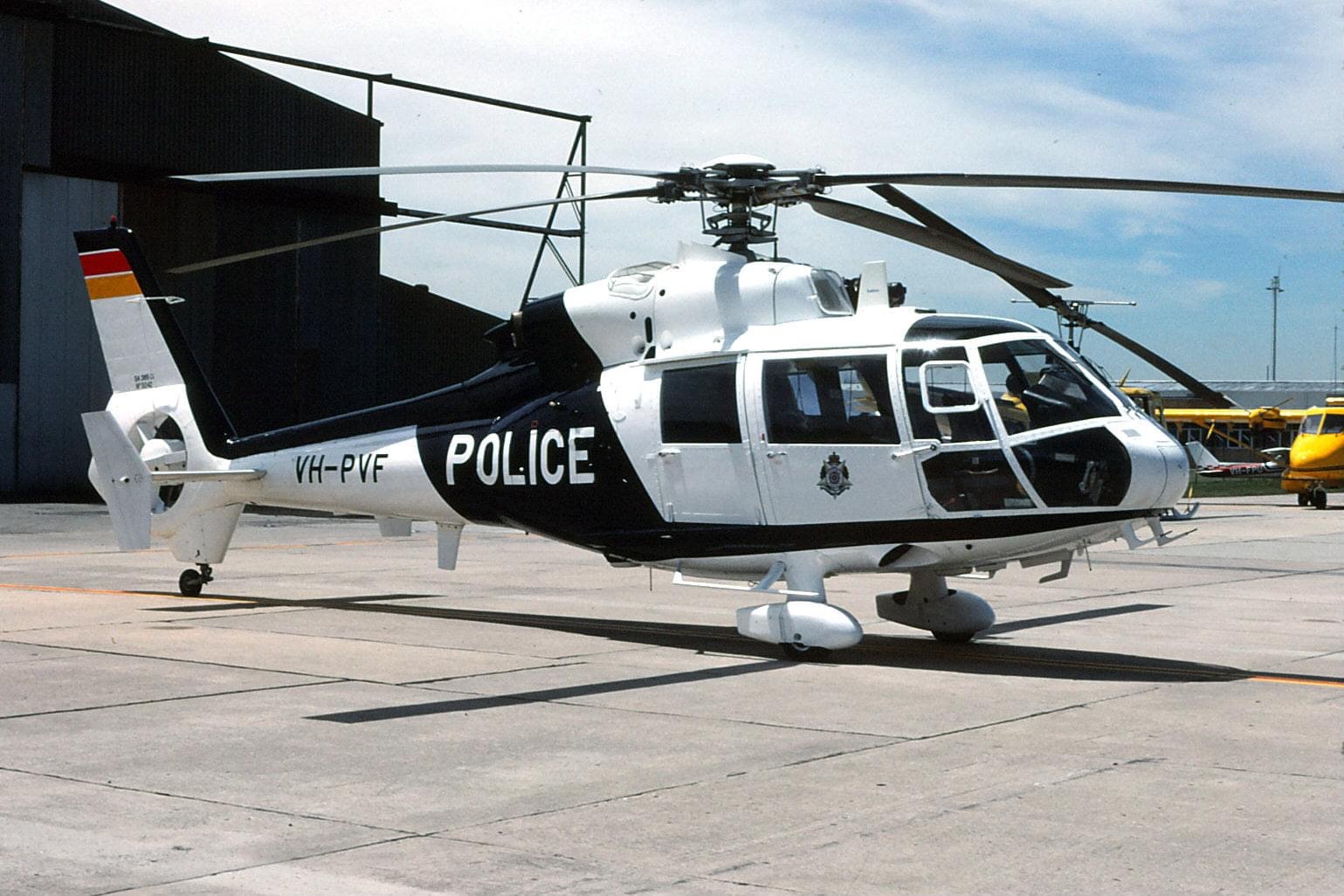
The Human Element
EMS special
In this special In-Focus edition, we investigate the most significant issues in emergency medical services aviation.
Our cover feature, by new contributor Andrew Boniface, examines why mental health and teamwork are vital in modern-day helicopter EMS. Boniface knows his stuff better than most as an AW139 co-pilot and mindfulness facilitator. In his piece, he speaks to key players across the industry to find out how the situation has changed over the years. “Interaction and connection between many individuals mean the whole is greater than the sum of its parts,” he concludes.
This content is available exclusively to Australian Aviation members.
Subscribe to Australian Aviation for unlimited access to exclusive content and past magazines.A monthly membership is only $5.99 or save with our annual plans.
- Australian Aviation quarterly print & digital magazines
- Access to In Focus reports every month on our website
- Unlimited access to all Australian Aviation digital content
- Access to the Australian Aviation app
- Australian Aviation quarterly print & digital magazines
- Access to In Focus reports every month on our website
- Access to our Behind the Lens photo galleries and other exclusive content
- Daily news updates via our email bulletin
- Unlimited access to all Australian Aviation digital content
- Access to the Australian Aviation app
- Australian Aviation quarterly print & digital magazines
- Access to In Focus reports every month on our website
- Access to our Behind the Lens photo galleries and other exclusive content
- Daily news updates via our email bulletin
-
Cameron Hardiman wrote a book about his time in Victoria Police, and while it reminded him of amazing missions, it also helped him deal with the trauma that came with them. He joined Victoria Police at the age of 18 and spent over three decades policing. Part of those years was in the Air Wing,
-
The revolutionary tech that is helping save more lives
Emergency services are at the forefront of some of the deadliest disasters humans face, such as bushfires, earthquakes, pandemics and floods. As technology grows beyond society’s expectations of many years ago, the industry is continuously pressured to keep up and utilise what’s available to save lives. From tech that can control as many as 1,000
-
The human element in helicopter emergency medical support
AW139 EMS co-pilot and mindfulness facilitator Andrew Boniface investigates why mental health, teamwork and training of people are so vital in modern-day HEMS.
-
How emergency services in Australia are using drones to save lives
From spotting bushfires to dropping inflatables to drowning swimmers, RPAS innovations are responding to incidents faster than manned aircraft. Adam Thorn speaks to the key players revolutionising our response in Australia and worldwide.
-
Muscle memory and simulators in role-based aerial firefighting
While simulators will always be secondary to flying on a real aircraft, these still hold an important place in both pilot and role-based firefighter training. Bella Richards examines the importance of simulators, the NAFC simulator project that kicked off in 2021 and Australia’s current capabilities. Simulators build muscle memory, explains Bernie O’Rourke, an aviation and
-
Supporting the region’s EMS sector with Oceania Aviation
Aerial emergency medical services (EMS) are critical for modern-day frontline emergency response operations, offering unique capabilities that no other vehicle can provide. In New Zealand, the country’s unique geography presents even more challenges for traditional emergency services, making aerial operations even more crucial. This month, we sat down with Liv Lewis-Long from Auckland-based MRO, parts
-
Oh, Daphne: The story of Victoria Police’s very first helicopter
A brief look into the history of the Victoria Police Air Wing, and Victoria Police’s very first helicopter, by Hannah Dowling. By the 1970s, commercial aviation was thriving and authorities around the globe were beginning to recognise the benefits of aerial capabilities for the purposes of policing, emergency medical services and transportation, and search and



















